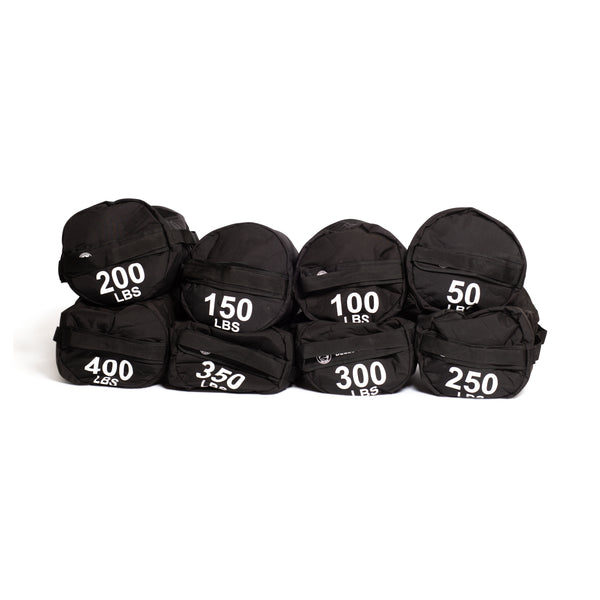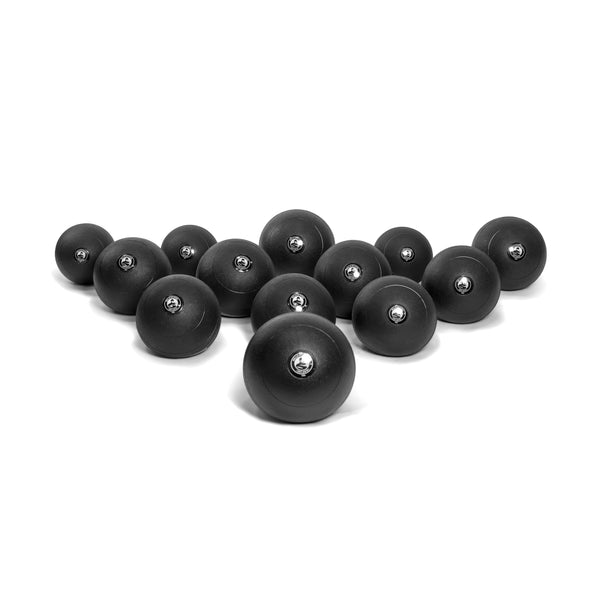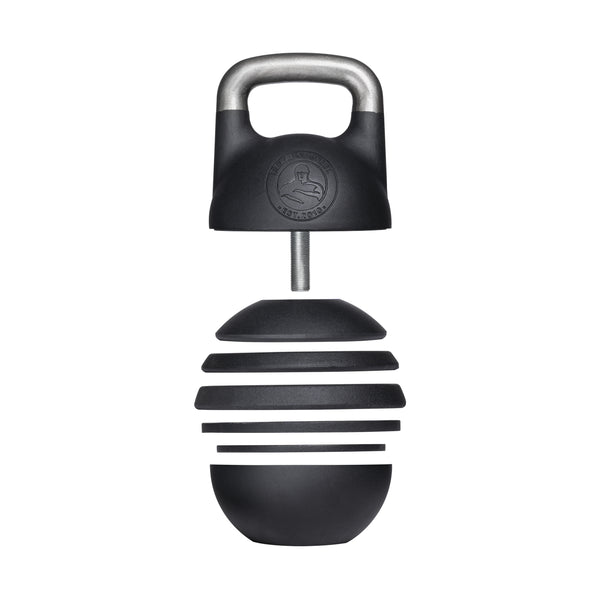Short answer: Yes, but only to a point.
Conditioning can contribute to muscle growth, especially when it’s strength-oriented or uses heavy, loaded movements. Pure steady-state cardio? Not so much. The key is choosing the right conditioning and balancing it with resistance training, nutrition, and recovery so your conditioning helps your gains instead of eating them.
What “conditioning” means for muscle
“Conditioning” is a broad term. It can mean long, steady-state cardio (jogs, long rows), high-intensity interval training (HIIT), or sport- and strength-focused work like sled pushes, prowler runs, hill sprints, and kettlebell circuits. Conditioning that builds muscle is usually:
-
High intensity or high tension (sprint intervals, sled work)
-
Loaded (sled pushes, heavy carries, sandbag work)
-
Metabolically demanding with short rest (kettlebell complexes, circuit-style work)
Those modalities stimulate fast-twitch fibers, produce metabolic stress, and (crucially) allow you to overload muscles in ways that can promote hypertrophy.
How conditioning can promote muscle growth
1. Mechanical tension (when it’s loaded)
Sled pushes, heavy prowler work, and loaded carries create real mechanical tension in the legs, glutes, and posterior chain. That tension, even outside a “traditional” rep scheme, is a driver for hypertrophy.
2. Metabolic stress (the pump effect)
High-rep circuits, kettlebell complexes, and short-interval sprinting increase metabolic byproducts (lactate, hydrogen ions) and cell swelling, which contribute to muscle-building signaling. This is why conditioning that leaves you burning can also build muscle, especially when combined with some resistance load.
3. Muscle damage (when you push new limits)
Short, intense bouts of sprints or eccentric-loaded sprinting can produce micro-damage similar to strength work, which the body repairs into bigger, stronger muscle if given calories and protein.
Where conditioning stops helping and starts hurting muscle
There’s a tipping point. Long-duration, high-volume aerobic work — think daily 60–90 minute runs or rows at moderate-high intensity, especially in a calorie deficit — increases the risk of muscle loss. Here’s why:
-
Energy cost: Prolonged cardio burns calories and can push you into a bigger deficit than intended. Without extra protein/calories, your body may catabolize muscle.
-
Hormonal stress: Excessive conditioning raises cortisol and suppresses testosterone and IGF-1 over time, which can blunt hypertrophy.
-
Interference effect: Too much endurance training can impair strength adaptations, the classic “you can’t be maximal endurance athlete and maximal strength athlete at the same time” problem.
A practical rule of thumb: short, hard conditioning sessions (HIIT, sleds, circuits) complement muscle growth; long, high-volume aerobic sessions can undermine it if they’re too frequent or you’re under-eating.
How to balance conditioning and hypertrophy
Prioritize strength sessions
If building muscle is the main goal, do heavy resistance training first when you’re fresh. Conditioning is the layer you add for work capacity and conditioning-specific gains.
Pick the right conditioning modes
Use conditioning that helps your goals:
-
Muscle-friendly conditioning: Sled pushes, prowler, heavy carries, kettlebell swings, hill sprints, short 10–20 minute HIIT sessions.
-
Use sparingly for long aerobic work: Keep longer steady-state sessions to recovery days or low-frequency long walks (45–90 minutes) if needed, and keep calories up.
Control frequency and volume
-
2–3 conditioning sessions/week is a good starting point if hypertrophy is your priority.
-
Make at least one session focused on heavy, loaded conditioning (sleds, carries).
-
Avoid daily hard conditioning unless you’re specifically training for an event and accept slower hypertrophy.
Fuel and recover properly
-
Hit protein targets (0.7–1.0 g per lb of bodyweight per day) and keep calories at maintenance or a slight surplus to build muscle.
-
Replenish glycogen around sessions: carbs before/after hard conditioning helps performance and recovery.
-
Sleep and manage stress. Muscle grows when you recover!
Timing matters
-
Do strength first, conditioning second when possible. If you must do both in one session and strength is the goal, prioritize strength.
-
If your conditioning is sport-specific and must be heavy, schedule it on separate days from maximal strength work.
Program example (strength-first focus)
-
Mon: Heavy lower (squats) + short sled pushes (6 x 20 m)
-
Tue: Upper strength + 10–12 min low-volume HIIT (row or bike)
-
Wed: Active recovery / long walk or mobility
-
Thu: Deadlift/hinge day + heavy carries (4 x 100 m)
-
Fri: Short conditioning circuit (kettlebell complex 12–15 min)
-
Sat: Optional steady-state low-intensity cardio (30–45 min walk or easy row)
-
Sun: Rest
Conditioning and Muscle Building FAQ
Can conditioning replace weight training for muscle growth?
Not effectively. Conditioning can stimulate hypertrophy in specific contexts (heavy sleds, high-rep loaded circuits), but for maximal muscle growth you need progressive resistance training.
How much conditioning is too much?
If conditioning causes day-to-day performance drops in your lifting, or you’re losing weight unintentionally, you’re probably doing too much. Daily, long (>60 minutes) moderate-high intensity cardio is the most common culprit.
Will HIIT preserve muscle better than long cardio?
Generally yes. Short, intense intervals preserve more muscle and can even promote strength and hypertrophy-like signaling if combined with resistance work and feeding.
Should I eat more on conditioning days?
Absolutely. If conditioning increases your energy expenditure, add carbs and protein to support recovery and avoid muscle loss.
Which conditioning is best for "toning" without losing muscle?
Loaded conditioning (sleds, prowler, farmers walks, kettlebell work) and short HIIT sessions—paired with adequate calories and protein—are your best bet.
Get Conditioned.
Conditioning can absolutely be part of a muscle-building plan when it’s chosen and dosed wisely.
Focus on short, loaded, or high-intensity conditioning that complements your strength work. Keep long, high-volume aerobic sessions limited if your priority is hypertrophy.
Prioritize progressive overload in the weight room, keep calories and protein up, and schedule conditioning after or on separate days from heavy lifting. Do that, and your conditioning will help make you fitter and bigger — not smaller.



